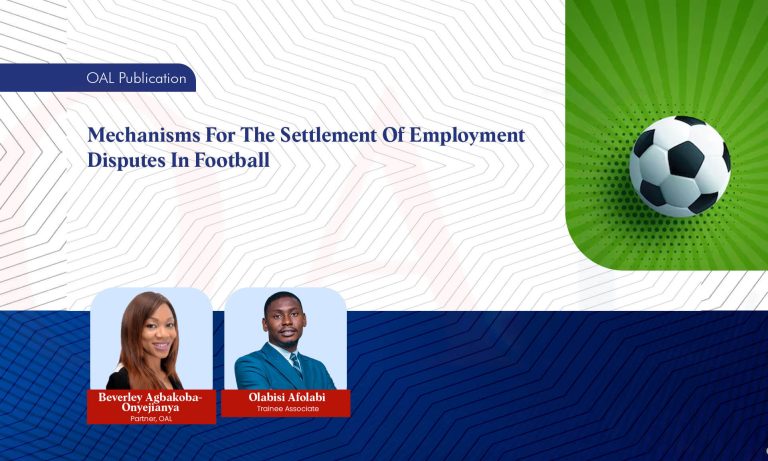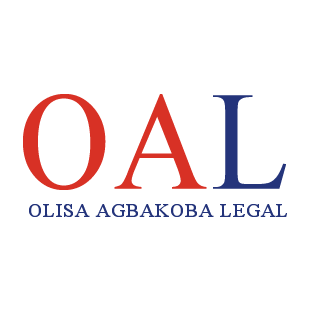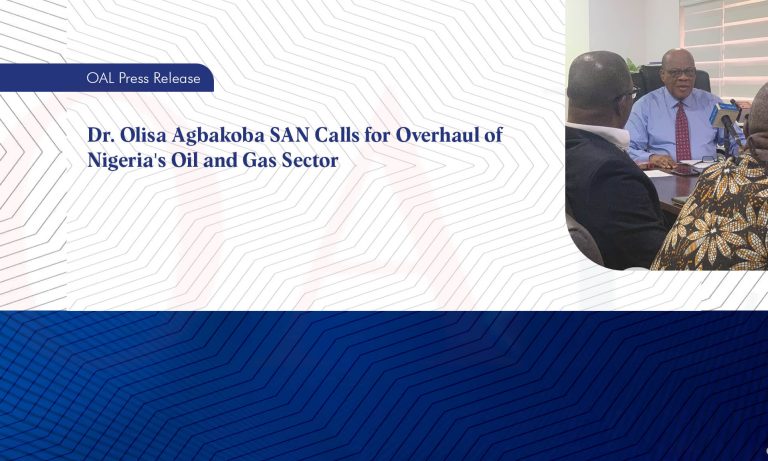
Bank Loans in Nigeria: Types of Collateral and Loan Documentation

Bank loans are a very valuable tool for the growth and sustainability of businesses in Nigeria; particularly since we are not exactly a credit-oriented society. It is important to understand that obtaining a bank loan in Nigeria does not necessarily mean that a person or business is in financial trouble. In fact, a loan can be a powerful tool to raise capital and scale a business, when utilized correctly.
From short-term loans with low interest rates, to long-term loans with higher interest rates, there is a wide variety of loan options with different peculiarities available and a properly obtained loan can be a nifty tool to catalyze the growth of a business.
Securities for Bank Loans
Before a Bank will grant a loan to any party, it will require some sort of protection/guarantee for the money it is letting out; think of it as a safety net, a security for the Bank to hold onto, acting as an assurance that, in the event of the borrower’s failure to repay the loan, there is something to go after for the settlement of the loan – this is called a COLLATERAL.
The title to the collateral does not typically pass to the Bank when a loan is granted; instead the collateral remains the property of the borrower. However, if the borrower defaults in repaying the loan as agreed by the parties, the Bank may be entitled to sell off the collateral and use the proceeds to offset the debt.
Types of Collateral
With the development of the banking industry in Nigeria, there is a wide range of acceptable collateral for bank loans:
-
Real Estate:
This could be undeveloped land, a partially constructed building or a finished structure. Either way, the Bank will typically send out Estate Valuers and Surveyors to inspect the property and confirm that its value is worth enough to secure the amount to be loaned out.
-
Personal property:
This category covers tangible assets other than real estate; cars, household appliances and other personal assets of a reasonable value; these are mostly used to secure small loans.
-
Goods:
In the case of borrowers engaged in the business of manufacturing, importing, exporting, trading and generally dealing with goods on a large scale, they may use those goods as a security for bank loans.
-
Equipment:
Where a borrower operates with heavy-duty equipment, machineries and plants; particularly manufacturers, service providers and oil and gas workers, valuable equipment can be used as securities for bank loans.
-
Investments:
Investments such as shares and stocks are acceptable securities for bank loans; a person who has valuable investments may use them to secure bank loans. Formerly, borrowers seeking to use shares as security would need to deposit the share certificates with the Bank however, with the establishment of the Central Securities Clearing System and the digitization of the shareholding system in Nigeria, all the parties need to do is request that the CSCS move the affected shares into a reserved lien account in favor of the Bank.
-
Cash:
While this may sound counter-productive, it may happen that a borrower would prefer to take out a loan, even though he has money in his accounts. This may be due to some benefits he enjoys as a result of having those monies in his accounts; whatever the reason, cash is an acceptable form of collateral and should the borrower default, the Bank can put the cash towards offsetting the loan amount.
Loan Documentation
Loan documentation refers to all the documents used by the parties (the Bank and the borrower) in spelling out the terms and nature of the loan transaction, particularly with respect to the collateral and guarantees for the loan. This could be one or more of the following:
-
Offer Letter:
This is a document from the Bank that sets out the terms and conditions that will guide the loan transaction and, if the borrower finds the terms agreeable, he proceeds to sign the offer letter and it operates as a binding contract between the parties.
An Offer Letter in respect of a bank loan sets out the details of the borrower, the purpose of the loan, the duration of the loan, type of security advanced, terms of repayment as well as other necessary clauses.
-
Legal Mortgage:
Where the borrower uses real estate as a collateral, he may be required to execute a legal mortgage in favor of the Bank. This legal mortgage is then registered at the Lands Registry and the interest of the Bank in that property is duly recorded. Ownership of the property does not immediately pass to the Bank however, should the borrower default in repaying the loan, there will be a host of remedies available to the Bank, including the sale of the property.
There could also be a Third Party Legal Mortgage where a third party, who is the owner of the real estate property, creates a mortgage in the name of the Bank in favor of the borrower. In this instance, the borrower is not the owner of the property but the Bank may use the property to offset the loan in the event of a default.
-
Personal Guarantee:
This is a document signed by a person standing as a surety for the borrower. Through this document, the surety undertakes that in the event of the borrower’s failure to repay the loan, he (the surety) may be held personally liable to repay either the full loan amount or, if contained in the Personal Guarantee, such an amount as the surety has agreed to be responsible for.
-
Debenture:
A collateral option available to borrowing companies is a Debenture. The borrower creates a charge over its assets in favor of the lender. What this means is that the lender is given an interest in some asset of the borrower and, in the event of a default in repayment, the lender can go after the asset and put the proceeds towards the settlement of the loan.
There are 2 types of Debenture – the Fixed Charge, which is created in respect of tangible and identifiable property such as land and machinery; and the Floating Charge, which is typically created in respect of non-constant assets like shares and inventory (i.e. their value may change, over time). A Floating Charge may become fixed in the event of a default by the borrower.
There could also be a Debenture which combines the features of the 2 types of debenture already discussed; this is called a Fixed and Floating Debenture.
-
Stock Hypothecation:
This is typically used by people who deal with large amounts of goods; importers, exporters, manufacturers and wholesale distributors. The borrower uses his goods (“stock”) as collateral for the loan secured and, in the event of default, the Bank may seize these goods.
-
Letter of Lien/Set-off:
This is used where a borrower intends to create an interest in favor of the Bank in any of his assets. It could be deposit in a bank account or some other property of the borrower; the borrower simply signs a letter stating that he is giving the Bank a right of lien over the specified property.
A borrower may also sign a document titled ‘Authority to exercise right of lien and set-off over deposit with the Bank’ where he is using money in his account with the Bank as collateral for the loan. This gives the Bank the right to set off any amount owed by the borrower directly from the deposit in any account he holds with the Bank.
-
Irrevocable Standing Debit Order:
With this document, a borrower gives the Bank an ‘order’ to periodically deduct an agreed amount from an account with the Bank and put it towards the settlement of the loan. With this standing order, the Bank has the authority of the borrower to debit the customer’s account at the authorized intervals (usually monthly) until the full loan amount is settled.
-
Negative Pledge:
With this document, the borrower, usually a company, pledges that while the loan facility subsists, he will not use the same collateral used to secure the loan in question to secure a facility from another lender. Basically, this protects the lender’s interest in the collateral.
-
Joint Memorandum:
Used to secure shares as collateral, a joint memorandum is executed by the Bank and the borrower, with the shares to be used as collateral listed out and then sent to the Central Securities Clearing System for further action. Further to this, the CSCS moves the shares into a Reserved Lien Account in favor of the lender and the shares cannot be moved without the written authority of the borrower.
-
Trust Receipt:
This is typically used in respect of goods. With this, the title to the goods is vested in the Bank and, even though the goods are in the physical possession of the borrower, they are deemed to be held in trust for the Bank by the borrower. Upon the repayment of the loan, the title to the goods falls back to the borrower.
These are most of the documents that one may encounter in the process of securing a loan facility from a Bank. While this article has summarized the basic meanings and implication of these loan collateral documents, it is important for a person seeking a loan from a Bank to have a lawyer review the documents to ensure there are no draconian terms and provisions which may be detrimental to the borrower.
Written By:

Ayotomiwa I. Adebanjo
Tomiwa is an Associate at OAL. She is an innovative young lawyer with a passion for the Corporate/Commercial industry and a knack for excellence.
Author



